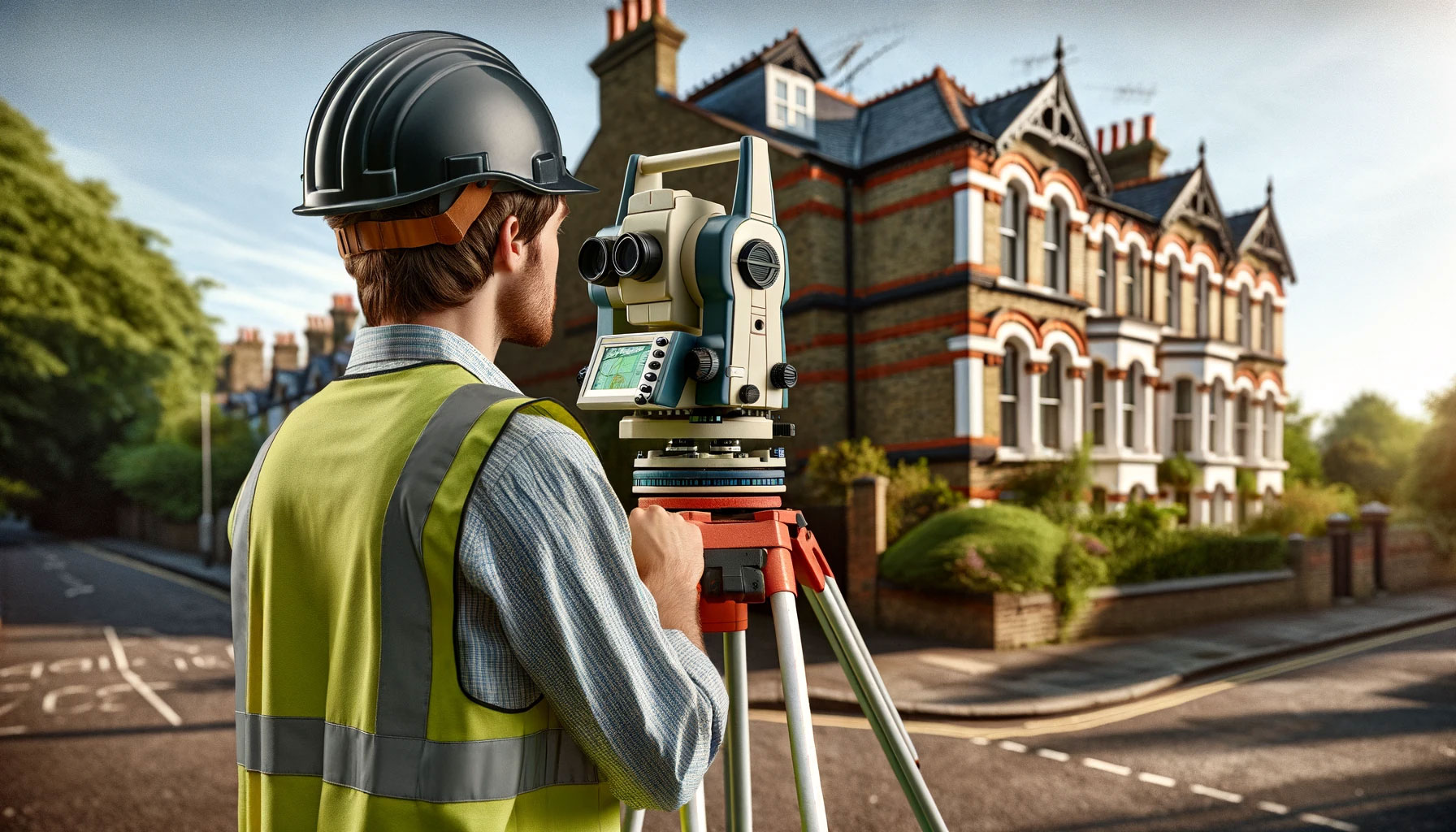Understanding Subsidence: What Are Its Causes?

Subsidence occurs when the ground beneath a property sinks, often causing damage to its foundations and overall structural integrity.
This downward movement can arise from a number of causes, including the shrinking or shifting of soil, fluctuations in groundwater levels, decomposition of underlying organic material, or the compaction of soil due to heavy loads above. These changes may result in the property settling unevenly, which can manifest as visible signs of damage such as cracks in walls, sloping floors, or windows and doors that no longer open or close properly.
Although it is commonly assumed that the weight of a building is to blame, subsidence is typically linked to changes in the ground beneath rather than the structure itself. Factors such as soil composition, surrounding vegetation, and a history of mining activity in the area can all increase the likelihood of subsidence occurring.
Early identification of potential causes, especially through a detailed RICS Home Survey, is essential in preventing long-term issues and informing any necessary remedial work. Clay soils, for example, are particularly prone to shrinking and swelling depending on moisture content, which can be affected by seasonal changes or the presence of nearby trees. Tree roots can extract moisture from the soil, contributing to movement and placing stress on the foundations. Human activity, especially in regions with a mining legacy, can also leave the ground unstable and vulnerable to settlement.
The range of Subsidence Monitoring Services we provide: